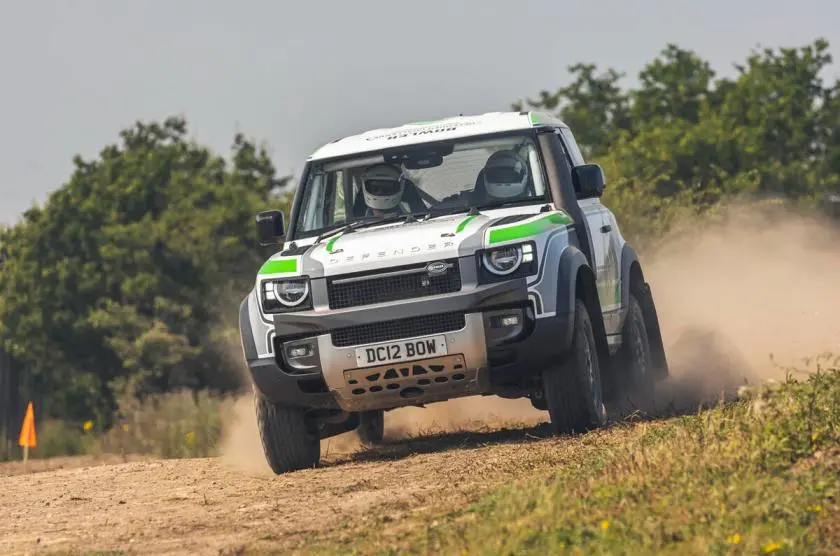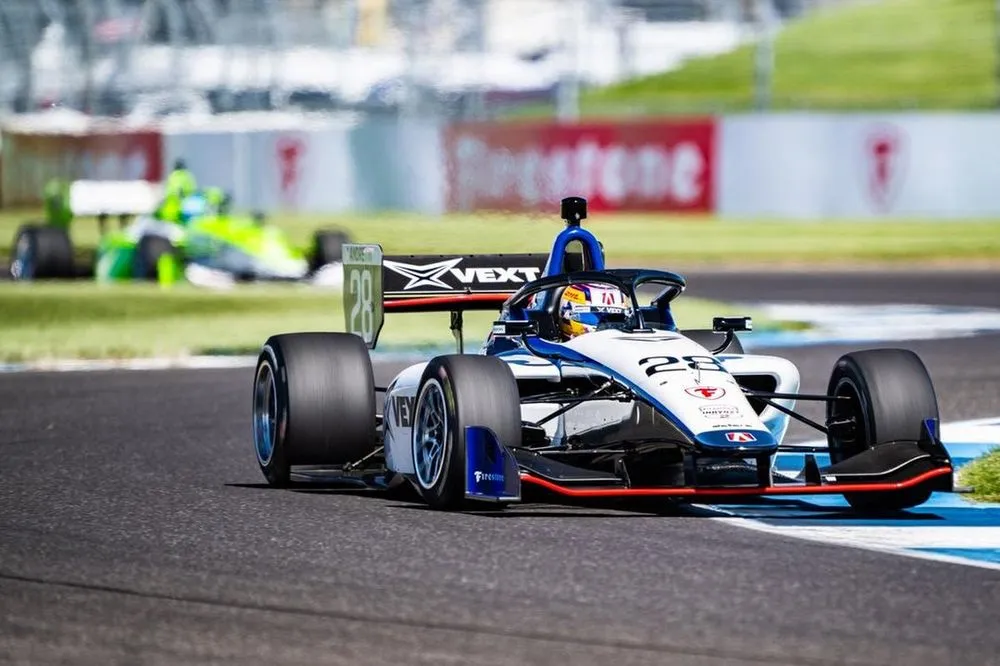Data from the Society of Indian Automobile Manufacturers (Siam) showed that this segment’s exports turned positive for the first time this fiscal in September when it showed an increase of 9% (see graphic). October showed an increase of 25.6% and in November it was up just over 27% year-on-year. Indian companies exported 3,31,233 two-wheelers in September; 3,71,013 units in October and 3,80,611 units in November 2020.
The choice of developing markets is a big reason for the positive trend in exports. “Africa, Asia and South America account for around 75% of India’s two-wheeler exports (as of H1FY21) with Africa taking the lion’s share at around 40%. Exports to the US and Europe account for only about 10% of the total.
Among the top 10 export destinations, only Colombia and Mexico rank among the top 15 countries most impacted by the pandemic. The other key countries — including Nigeria, Nepal, Bangladesh, Philippines, Kenya, Uganda and Congo — have comparatively lower numbers of Covid cases,” said Crisil Research director Hetal Gandhi. And while export volumes have been subdued in the first half of the fiscal, sales have increased in recent months and “Africa, Asia and South America have driven the increase in demand”, added Gandhi.Understandably, Indian two-wheeler companies are stressing geographies in a big way. Take TVS Motor, for which “markets such as Asia and Africa are doing well in terms of product acceptance as well as the expansion of the network”. “We are also expanding aggressively in ASEAN, CIS and LatAm regions,” said a company spokesperson. Along with geography, the company is also pitching for a premium positioning. “We will look at premiumisation as one of the ways of increasing our profit margin in the international market,” the spokesperson said.
As Indian two-wheeler companies scale up volumes, they are also looking to establish a global production footprint. Royal Enfield saw its international sales increase by 96% in 2019-20. “We have recently established an assembly unit in Argentina, the first outside of India, and have plans to set up two more in Thailand and Brazil in 12-18 months,” said a company spokesperson. “Our goal is to generate at least 20% of our revenue from markets outside India.”
The two-wheeler export turnaround comes after a dismal first five months when shipments languished. Overall, in the first half of this fiscal, two-wheeler export volumes “plunged by around 38% on-year, in value terms exports declined by 35% on-year,” said Gandhi.




